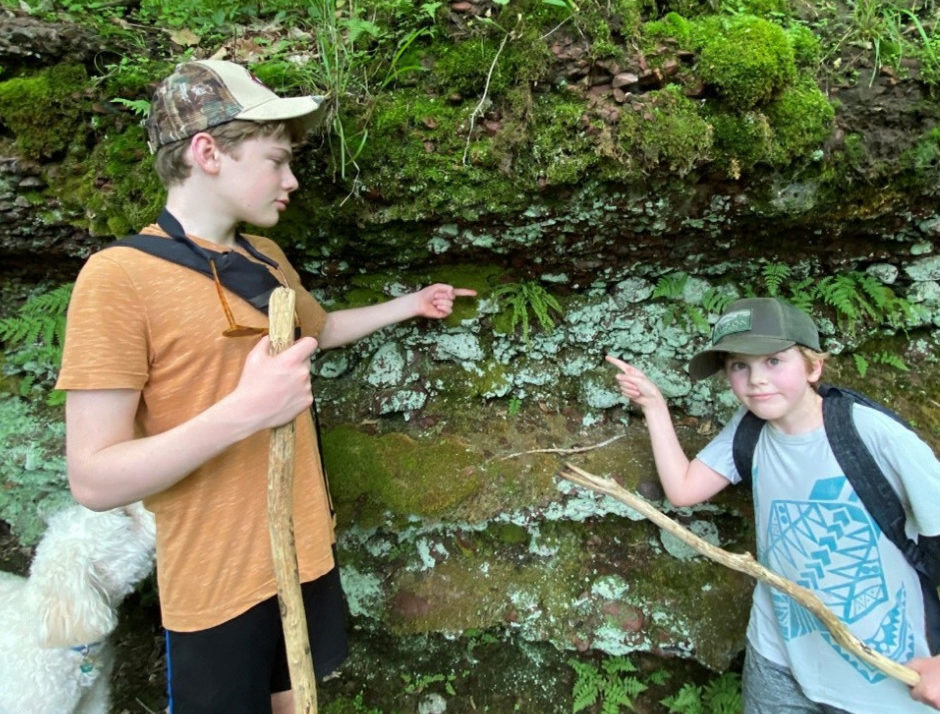
The Wisconsin Department of Natural Resources (DNR) is excited to announce that a Wisconsin family has rediscovered a rare cliff-dwelling fern not seen in 90 years.
Ben Redding, a DNR Rare Plant Monitoring Program volunteer, was hiking with his kids and their dog at a state natural area in Sauk County when they discovered a population of maidenhair spleenwort (Asplenium trichomanes). Their find and those of many more volunteers are featured in the program’s recently released annual report.
Wisconsin has 322 plants considered rare (about 15% of all native plants in the state), meaning they are listed as endangered, threatened or of special concern. Sixty-six trained volunteers dispatched to locations around the state last year submitted over 250 reports of rare plants they found, including 35 populations in never-before documented locations.
“These discoveries are very exciting. They help increase our understanding of the number and locations of rare plant species to better monitor and protect them,” said Kevin Doyle, DNR Natural Heritage Conservation Botanist and Rare Plant Monitoring Program Coordinator. “Volunteers also revisit known locations, another super important part of the conservation process. If we don’t check up on these populations, we won’t know when they are in trouble.”
Since 2013, the DNR’s Rare Plant Monitoring Program has trained and sent volunteers to check on the health and size of rare native plant populations. The volunteer program is the largest source of rare plant data in Wisconsin and unique in the Midwest for its breadth of surveys statewide.
“The information these trained volunteers collect for us is critical for understanding how rare plant populations are doing in Wisconsin and informs our next steps like research projects or management action to sustain these rare plants,” Doyle said.
Unfortunately, it’s not all good news. Volunteers have not been able to track down 64 previously documented plant populations. Some have likely disappeared only temporarily, as some were submerged as many lakes experience their highest water levels in decades. Others have likely vanished as part of a global trend in biodiversity loss.
“Even when the Rare Plant Monitoring Program observes declining rare plant populations, their reports have spurred DNR efforts to reverse those trends. In many cases, volunteer reports have kickstarted action at sites where the rare plants would likely have languished in obscurity. These stories highlight the connection between plant monitoring and on-the-ground management,” said Doyle. “These efforts to address biodiversity declines can occur only because our team of rare plant monitors collects the information that tells us where to direct our efforts.”
Learn more and get involved by visiting the DNR’s Rare Plant Monitoring Program website.

